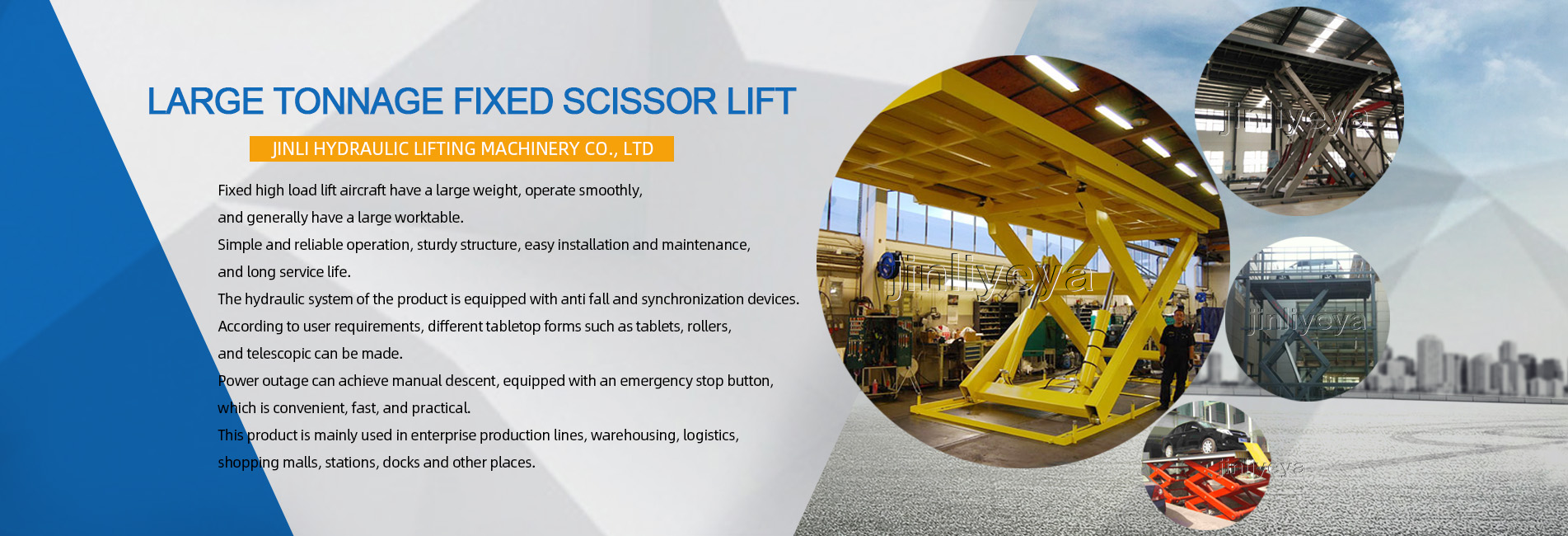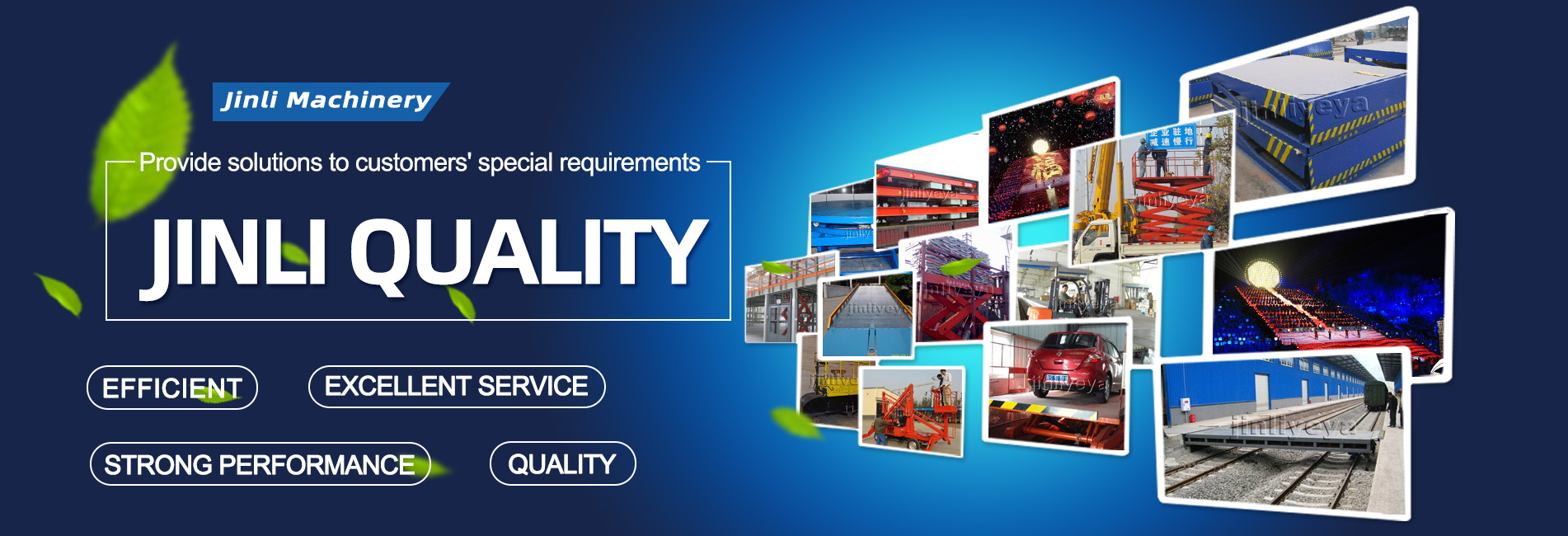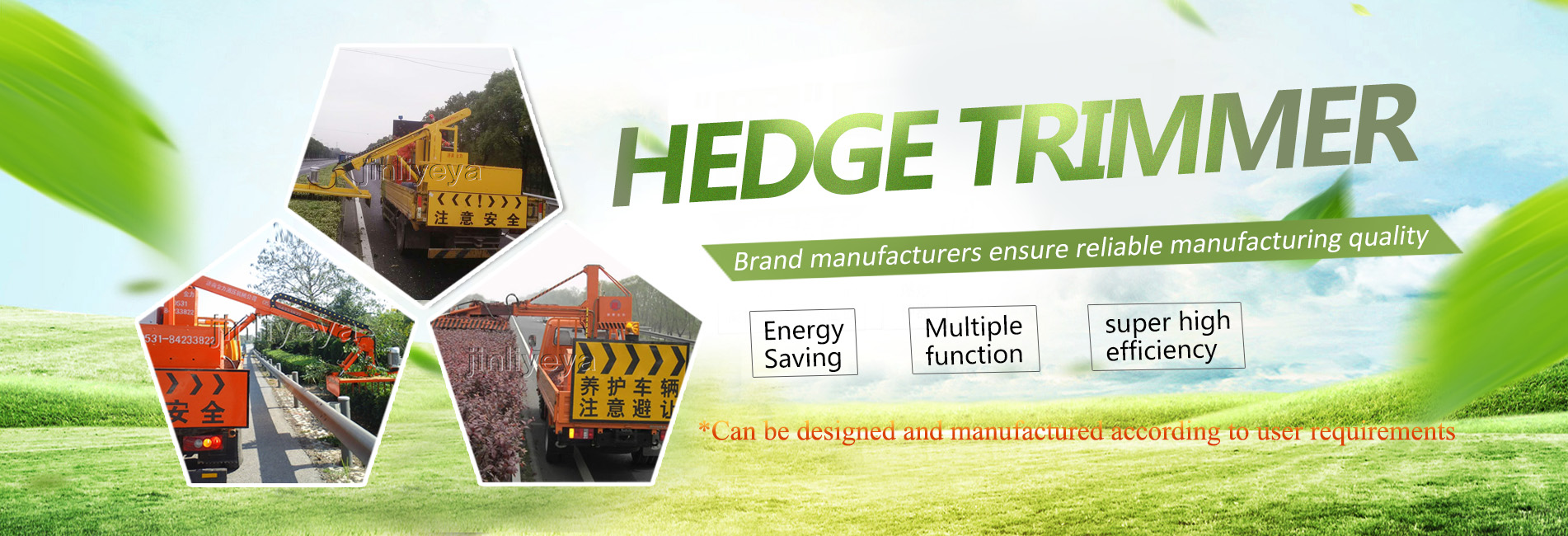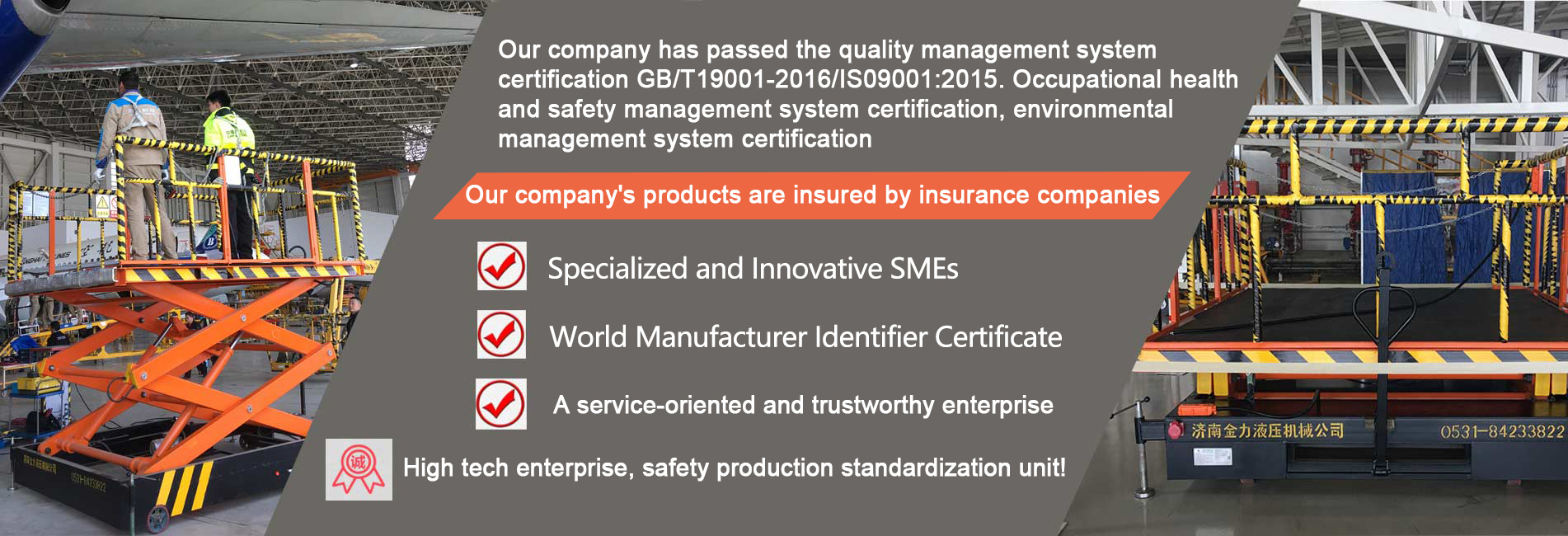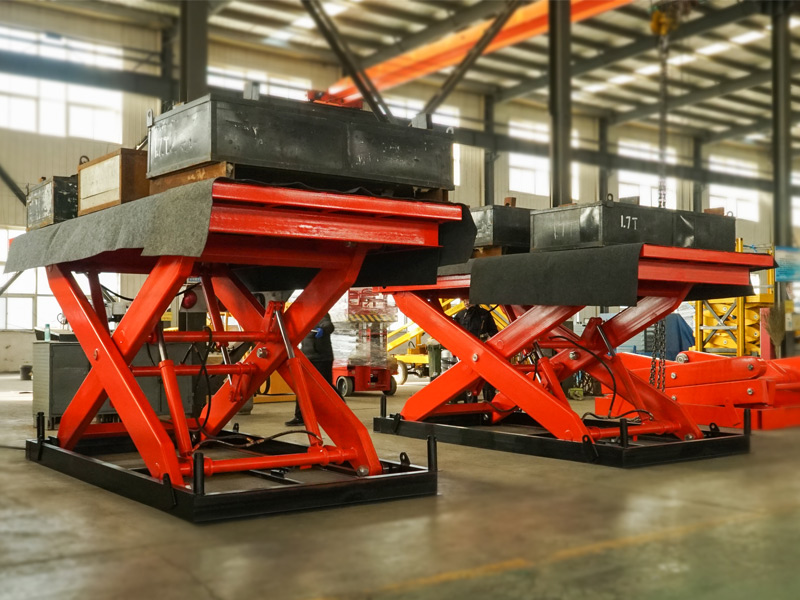
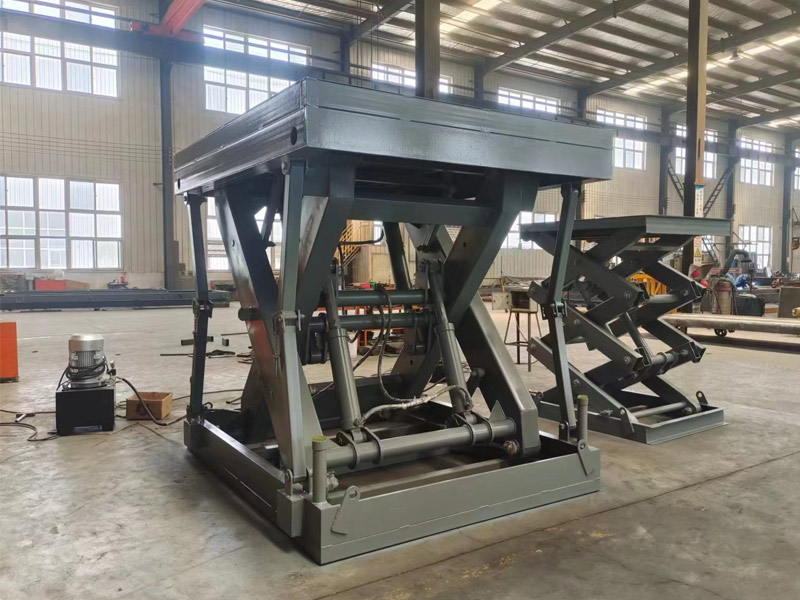
The design concept of hydraulic lift mainly includes the following aspects:
1. Determine design requirements and load capacity, and plan based on actual usage scenarios and job requirements. For example, considering factors such as load-bearing capacity and safety, setting appropriate specifications and parameters; And considering factors such as work efficiency and economic costs, determine the power system to be used (such as oil pump and driving method).
2. Design the basic framework structure and arrange the support positions of the shaft or guide frame according to the principle of stability; Install the lower door frame and ensure its sealing to prevent dust from entering, while considering issues such as personnel safety protection.
3. Select the corresponding pipeline system and accessories according to the needs of the control system and the actual load capacity, and make a reasonable layout to ensure smooth operation while also reserving a certain amount of expansion space to meet possible future upgrade and renovation needs. 4. By selecting suitable standardized elevators and control cabinets to ensure a good working environment and conditions, a complete design scheme for the liquid level control system can be completed.
It is important to pay attention to the balance between various performance indicators during the design process, and continuously improve and perfect the plan through optimization design and experimental verification to enhance the reliability and efficiency advantages of the product and meet customer expectations.. The above content is for reference only. Specific details are recommended for consultation.


